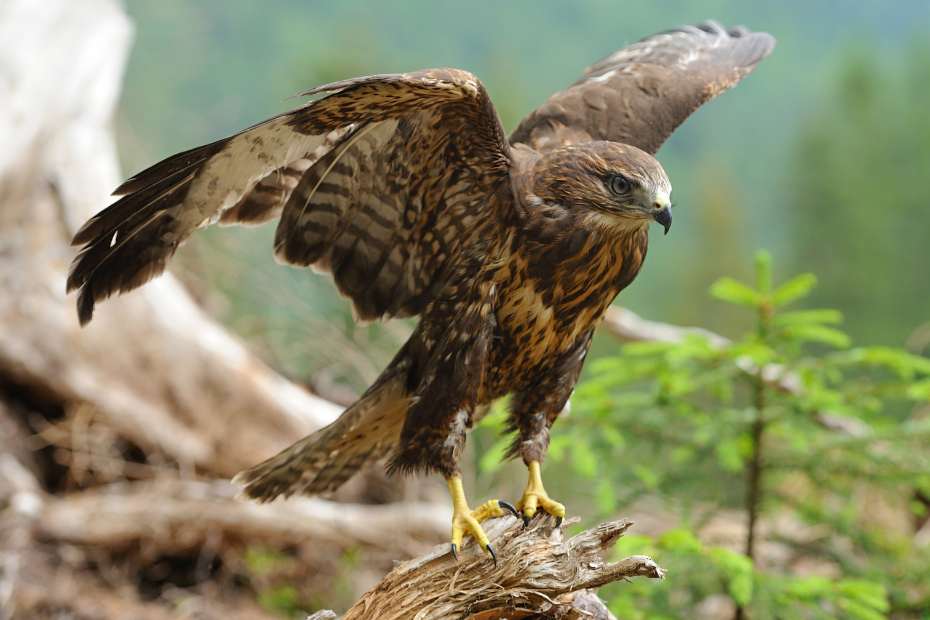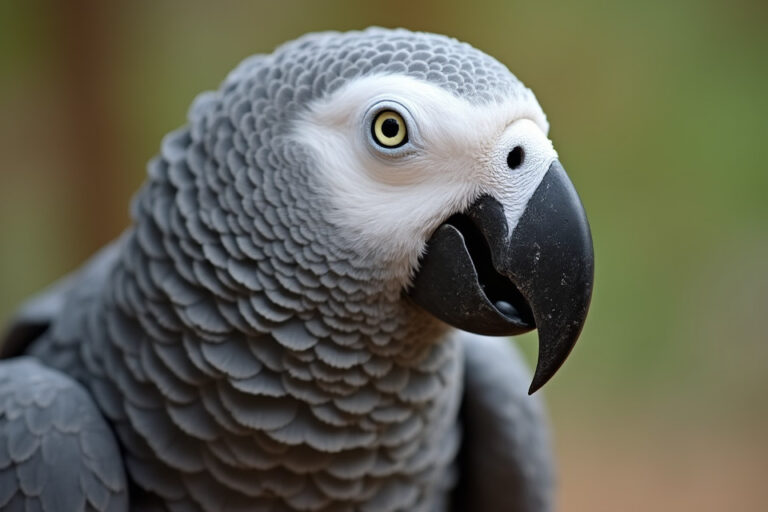Do Fake Owls Keep Hawks Away? An In-Depth Look
Bird enthusiasts and property owners alike often face the challenge of managing hawk activity.
These majestic predators are an important part of the ecosystem, but their presence can sometimes lead to unwanted issues.
Hawks may pose a threat to small pets, livestock, or other birds in your yard. One common solution that’s often recommended is the use of fake owls as deterrents. But do they really work?
This blog delves into the effectiveness of fake owls for repelling hawks, explores how and why hawks react to these decoys, and offers practical tips on using them.
We’ll also look at alternative methods for hawk deterrence and whether fake owls are a reliable long-term solution.

Table of Contents
Hawks and Their Behavior
Before evaluating whether fake owls work, it’s important to understand hawks and their natural instincts.
Hawks are birds of prey known for their sharp eyesight, powerful talons, and predatory nature. They’re a key part of the ecosystem, controlling populations of rodents, small mammals, and other birds.
Why Do Hawks Pose a Problem?

Hawks generally avoid human interaction, but they can become problematic in the following scenarios:
- Threats to Pets: Small animals like chickens, rabbits, and cats are particularly vulnerable to hawks.
- Impact on Songbirds: Hawks can disrupt backyard ecosystems by preying on smaller birds.
- Agricultural Concerns: Farmers and ranchers with small livestock often struggle with hawk predation.
Their predatory instincts make them difficult to deter without specialized strategies, such as the use of decoys.
Why Fake Owls Are Thought to Work
Fake owls, or “owl decoys,” are marketed as hawk deterrents based on the principle of mimicry. Owls are natural predators of hawks, and hawks tend to avoid areas where these competitors are present.
The Role of Fear in Hawk Behavior
Hawks, like many animals, rely on their instincts to avoid danger. Owls, particularly large species like great horned owls, are fierce competitors and pose a genuine threat to hawks.
When hawks see what they perceive as an owl in their territory, they may interpret it as a sign to stay away.
How Fake Owls Mimic Predatory Threats
Most owl decoys are designed to be realistic, with life-size proportions and features such as:
- Sharp beaks
- Wide, intense eyes
- Feather-like textures
Some even have moving parts or reflective eyes to enhance the illusion of a living predator.
The idea is that the sight of a predatory figure, combined with strategic placement, will trigger the hawk’s instinct to avoid the area.
Read More: Birding in Sweden: A Guide to Exploring Nature and Birds
The Effectiveness of Fake Owls Against Hawks
While fake owls are a popular and widely recommended solution, their effectiveness varies depending on several factors.
Success Stories: When Fake Owls Work
In some cases, owl decoys can successfully deter hawks, especially when they are:
- Placed Strategically: Positioning the fake owl in a prominent, elevated spot makes it more visible and intimidating.
- Used Temporarily: Short-term use can be effective before hawks grow accustomed to the decoy.
- Combined with Motion or Lights: Adding movement or reflective surfaces can make the decoy more convincing.
For instance, backyard birdwatchers often report success in deterring hawks for a few weeks by using fake owls along with other scare tactics.
Limitations: When Fake Owls Fail
However, fake owls are far from foolproof. Hawks are intelligent birds, and their perception evolves over time. Common issues with fake owls include:
- Habituation: Hawks quickly learn that the decoy poses no real threat if it remains stationary or doesn’t interact with them.
- Placement Errors: If the fake owl is poorly placed (e.g., at ground level or in an inconspicuous spot), hawks may simply ignore it.
- Ineffectiveness Against Persistent Hawks: Some hawks, particularly those that have already identified prey in the area, may not be deterred by a decoy.
Best Practices for Using Fake Owls
To maximize the effectiveness of fake owls as hawk deterrents, it’s essential to use them correctly. Here are some tips:
1. Placement Matters
- Place the owl in a high, visible spot such as on a pole, rooftop, or fence.
- Rotate the decoy’s position every few days to keep hawks guessing.
2. Add Motion
- Choose a decoy with moving parts, such as a head that swivels in the wind.
- Attach reflective tape or streamers to mimic movement.
3. Combine With Other Deterrents
- Use additional deterrents like reflective objects, noise makers, or scarecrows to reinforce the hawk’s perception of danger.
- Ensure there are no easy food sources, such as uncovered pet food or accessible small animals.
Read More: When should I stop putting out hummingbird nectar?
Alternatives to Fake Owls
If fake owls are insufficient, there are several alternative methods to deter hawks effectively:
1. Protective Enclosures
- Use covered enclosures or netting to safeguard vulnerable animals like chickens or small pets.
2. Reflective Objects
- Hang shiny items such as CDs, aluminum foil strips, or reflective tape around the area to confuse and deter hawks.
3. Guard Animals
- Employ larger animals such as dogs, roosters, or geese to guard the area. Hawks are less likely to attack where there are larger, more intimidating creatures.
4. Noise Deterrents
- Use noise-making devices like whistles, air horns, or motion-activated alarms to scare off hawks.
The Science Behind Hawk Deterrence
Understanding why hawks respond to certain stimuli can help you choose the best deterrent strategy.
Hawks rely on keen eyesight to locate prey and avoid threats, making visual cues (like fake owls) particularly effective in the short term.
However, they’re also highly adaptable and will eventually distinguish between real and fake threats.
The Role of Predatory Hierarchies
Hawks and owls exist in a natural hierarchy where competition for resources can lead to avoidance behaviors. This hierarchy is the basis for using owl decoys but is not foolproof due to hawks’ ability to adapt.
Realistic Expectations for Fake Owls
Fake owls can be a helpful tool, but they are not a permanent or stand-alone solution. Their success depends on factors like hawk behavior, placement strategy, and the addition of other deterrents. Here’s a quick summary of what to expect:
| Pros | Cons |
|---|---|
| Easy to set up | Hawks may habituate over time |
| Inexpensive compared to other methods | Requires regular repositioning |
| Effective for short-term use | Limited impact on persistent hawks |
Conclusion: Do Fake Owls Really Keep Hawks Away?
The short answer is yes—fake owls can deter hawks, but only under the right conditions and for a limited time.
Hawks are intelligent and adaptable, so while a well-placed, realistic-looking owl decoy can provide short-term relief, it’s unlikely to work as a long-term solution without supplemental measures.
For those dealing with hawks, fake owls should be viewed as one tool in a broader strategy that includes proper placement, motion enhancements, and alternative deterrents.
Remember, hawks are protected by law in many areas, so any measures taken should be humane and compliant with local regulations.
When used responsibly, fake owls and other deterrents can coexist with hawks in a way that respects their important role in the ecosystem.






